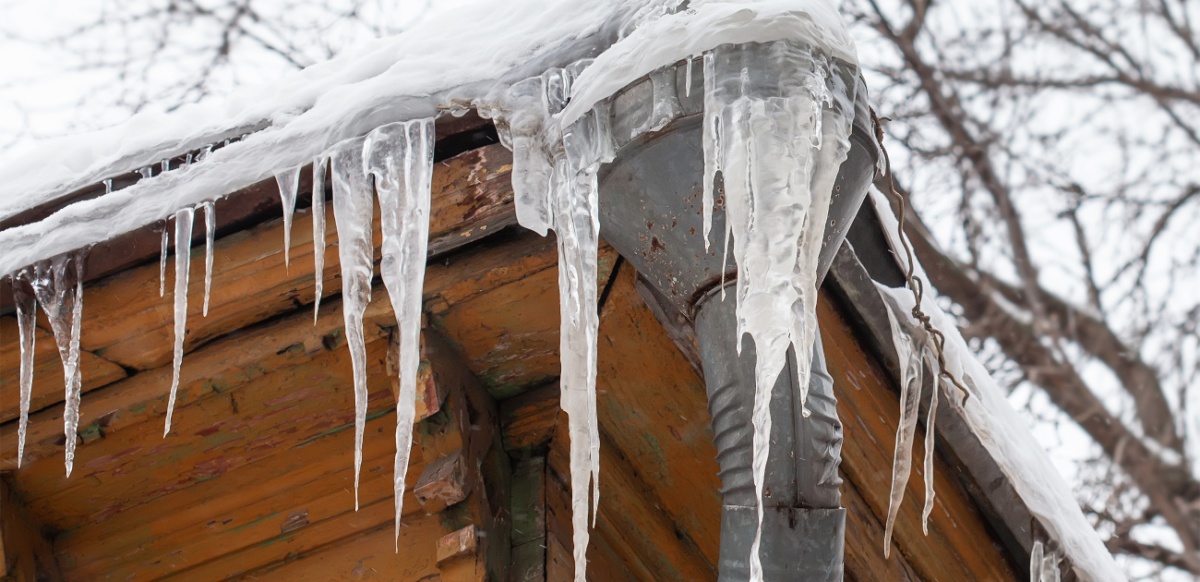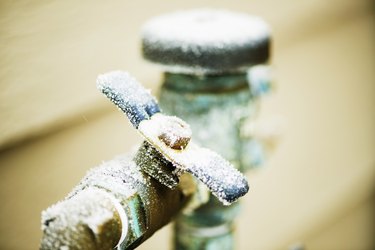They are making a number of great annotation about Prevent Frozen Pipes in general in this content which follows.

Winter can wreak havoc on your plumbing, especially by freezing pipelines. Below's how to prevent it from happening and what to do if it does.
Intro
As temperatures decline, the threat of icy pipelines boosts, potentially leading to pricey repair work and water damage. Understanding just how to avoid frozen pipelines is vital for homeowners in chilly climates.
Avoidance Tips
Insulating vulnerable pipelines
Cover pipes in insulation sleeves or use heat tape to safeguard them from freezing temperatures. Focus on pipes in unheated or exterior locations of the home.
Heating techniques
Maintain indoor spaces effectively heated up, particularly locations with pipes. Open closet doors to enable cozy air to circulate around pipelines under sinks.
How to determine icy pipes
Seek reduced water flow from taps, uncommon odors or noises from pipes, and noticeable frost on revealed pipes.
Long-Term Solutions
Structural modifications
Consider rerouting pipelines away from outside walls or unheated locations. Add additional insulation to attic rooms, cellars, and crawl spaces.
Updating insulation
Buy premium insulation for pipelines, attic rooms, and walls. Appropriate insulation aids preserve constant temperature levels and lowers the threat of frozen pipelines.
Protecting Outside Plumbing
Garden tubes and outdoor taps
Detach and drain pipes yard hose pipes before winter. Install frost-proof faucets or cover outdoor taps with shielded caps.
Understanding Frozen Pipes
What triggers pipelines to ice up?
Pipes freeze when revealed to temperature levels listed below 32 ° F (0 ° C) for expanded periods. As water inside the pipelines freezes, it expands, taxing the pipe wall surfaces and potentially creating them to break.
Risks and damages
Icy pipelines can lead to water supply interruptions, property damages, and expensive fixings. Burst pipes can flood homes and create extensive structural damages.
Indicators of Frozen Pipes
Determining icy pipelines early can avoid them from rupturing.
What to Do If Your Pipes Freeze
Immediate actions to take
If you presume icy pipelines, maintain taps open up to soothe stress as the ice thaws. Make use of a hairdryer or towels soaked in hot water to thaw pipes gradually.
Verdict
Preventing frozen pipes calls for aggressive steps and fast actions. By understanding the causes, signs, and safety nets, house owners can shield their plumbing during cold weather.
5 Ways to Prevent Frozen Pipes
Drain Outdoor Faucets and Disconnect Hoses
First, close the shut-off valve that controls the flow of water in the pipe to your outdoor faucet. Then, head outside to disconnect and drain your hose and open the outdoor faucet to allow the water to completely drain out of the line. Turn off the faucet when done. Finally, head back to the shut-off valve and drain the remaining water inside the pipe into a bucket or container. Additionally, if you have a home irrigation system, you should consider hiring an expert to clear the system of water each year.
Insulate Pipes
One of the best and most cost-effective methods for preventing frozen water pipes is to wrap your pipes with insulation. This is especially important for areas in your home that aren’t exposed to heat, such as an attic. We suggest using foam sleeves, which can typically be found at your local hardware store.
Keep Heat Running at 65
Your pipes are located inside your walls, and the temperature there is much colder than the rest of the house. To prevent your pipes from freezing, The Insurance Information Institute suggests that you keep your home heated to at least 65 degrees, even when traveling. You may want to invest in smart devices that can keep an eye on the temperature in your home while you’re away.
Leave Water Dripping
Moving water — even a small trickle — can prevent ice from forming inside your pipes. When freezing temps are imminent, start a drip of water from all faucets that serve exposed pipes. Leaving a few faucets running will also help relieve pressure inside the pipes and help prevent a rupture if the water inside freezes.
Open Cupboard Doors
Warm your kitchen and bathroom pipes by opening cupboards and vanities. You should also leave your interior doors ajar to help warm air circulate evenly throughout your home.

We were introduced to that report on Winter Plumbing Precautions: Preventing Frozen Pipes from an acquaintance on our other blog. So long as you liked our blog entry please don't forget to pass it around. Thanks so much for going through it.
Call Today